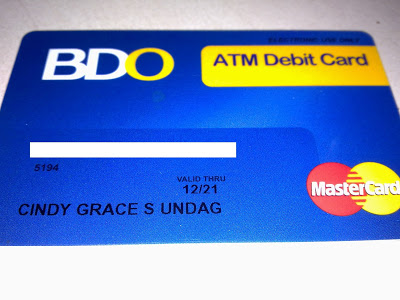Content

Effective interest rate method is one of the approaches used while amortizing the discount on bonds and charged to interest expense. While the business may not make periodic interest payments, interest income is still generated. These interest payments are generally paid periodically during the bond’s term, although some bonds pay all the interest it owes at the end of the period.

Bond interest expense is the aggregate interest expense incurred during a reporting period for an organization’s bonds payable. This expense includes the amortization of any premium or discount on issued bonds for the reporting period, which is based on the price at which they were sold to investors. It also includes the amortization of any bond issue costs over the same period. The interest expense is calculated by taking the Carrying Value ($93,226) multiplied by the market interest rate (7%). The amount of the cash payment in this example is calculated by taking the face value of the bond ($100,000) multiplied by the stated rate (5%).
How to Adjust Entries for Long-Term Notes Payable in Accounting
Full BioSuzanne is a content marketer, writer, and fact-checker. She holds a Bachelor of Science in Finance degree from Bridgewater State University and helps develop content strategies for financial how to find bond interest expense brands. Julia Kagan is a financial/consumer journalist and former senior editor, personal finance, of Investopedia. As a result, the amounts in year 2026 required a small adjustment.
- Lighting Process, Inc. issues $10,000 ten‐year bonds, with a coupon interest rate of 9% and semiannual interest payments payable on June 30 and Dec. 31, issued on July 1 when the market interest rate is 10%.
- Additionally, the interest coverage ratio is the ratio of your company’s earnings before interest or taxes to its interest expense.
- Premium on bonds payable is a contra account to bonds payable that increases its value and is added to bonds payable in the long‐term liability section of the balance sheet.
- Another way to think about amortization is to understand that, with each cash payment, we need to reduce the amount carried on the books in the Bond Premium account.
- By reporting interest expense as a non-operating expense, it’s also easier to analyze a company’s financial position.
- It is important to understand the nature of the Discount on Bonds Payable account.
Depending on the payments your company makes, the total outstanding debt could include the principal and the interest of the long-term loan. The interest expense shown on a company’s income statement represents the interest that has accumulated during the time period specified on the financial statements. However, interest expenses are only tax-deductible for individuals in certain circumstances, for example, on mortgage payments.
Where does the Expense Appear on the Income Statement?
Again, we need to account for the difference between the amount of interest expense and the cash paid to bondholders by crediting the Bond Discount account. At any point in time the liability on the balance sheet will equal the present value of the remaining cash flow payments to the creditor discounted at the effective market interest rate. The effective interest rate method uses the market interest rate at the time that the bond was issued. In our example, the market interest rate on January 1, 2022 was 4% per semiannual period for 10 semiannual periods. Bonds can be purchased from a government agency or a private company. When you buy a bond, you are loaning money to the issuer of the bond.
- Interest expense for the two years has to be $2,200 and the final liability balance must come back to $20,000.
- This adjusting entry records months A’s portion of the interest expense with a journal entry that debits interest expense and credits interest payable.
- The interest expense on a zero-coupon bond never reduces operating cash flow.
- For example, many bonds don’t carry a fixed interest rate, with floating interest rate payments that are determined by reference to changing benchmark rates in the credit markets.
- Bondholders receive only $6,000 every 6 months, whereas comparable investments yielding 14% are paying $7,000 every 6 months ($100,000 x .07).
- They should be distinguished from other payables when analyzing a firm’s liquidity.
